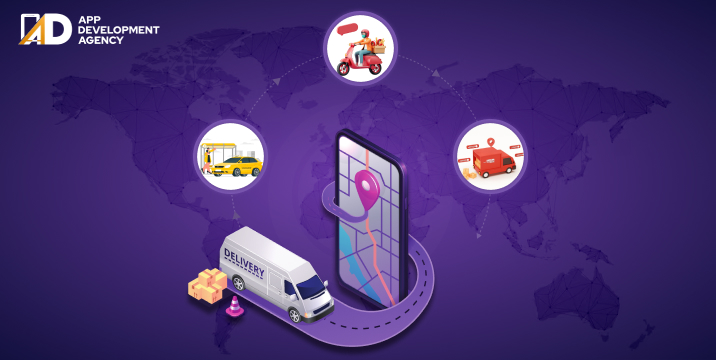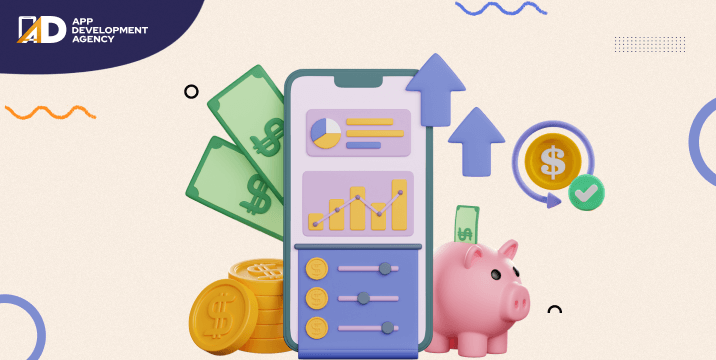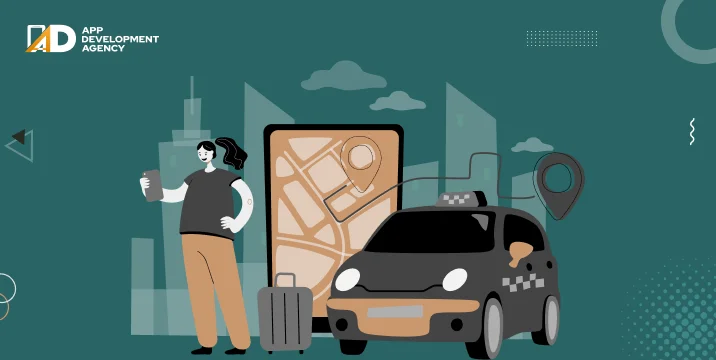Ofo, Mobike, Citi Bike, Jump Bikes, Lime, Bird, and similar micro-mobility companies provide convenient options for last-mile transportation to consumers. Such companies raise venture capital, showcasing both the consumer and investor demand for last-mile transportation solutions since the last few years.
Riding an e-scooter provides a better and affordable option to move around compared to a motorbike. It is preferable due to – (1) convenience, (2) affordability, and (3) popularity. These businesses have quick-term rentals for scooters and are comparable to car and bike-sharing. It is less expensive and suitable for shorter trips. Scooter-sharing resolves various problems such as parking and fuel.
The micro-mobility trend has been re-energized with the emergence of the shared and dockless scooter (electric scooter/e-scooter) and the rise in fuel price. Companies like Lime and Bird are pioneering this trend in the US. They’ve become the fastest ever US company to reach billion-dollar valuations achieving new milestones every year.
These start-ups gathered momentum, caught up with the trend, and quickly scaled into large companies. Grin and Yello merged to form a reliable micro-mobility solution in Latin America.
Additional e-scooter companies from all over the world – Skip, Scoot, Spin, PopScoot, Wind Mobility, Beam, Tier Mobility, Voi Technology, Dott, Vogo, and Flash – recently announced huge capital raises (in millions).
However, there has been lateral news expressing dissent of e-scooters ending up in lakes, oceans, congesting sidewalks, causing injuries, being stolen, and experiencing intense competition. Such things temper narrative and suggest e-scooters are not the best micro-mobility option at all.
Electric scooters are still a viable long-term micro-mobility solution, despite all the positive funding news and frequent use by consumers.
Big cities mapped with rapid urbanization and increasing gridlock put severe pressure, which leads to congestion, pollution, and public transportation systems. Most cities agree that e-scooters, electric bikes, and pedal bikes are viable solutions to help alleviate traffic congestion, especially during rush hours. The main concerns with such micro-mobility vehicles are safe and whether the city’s current infrastructure can support the massive influx of these vehicles.
Micro-mobility companies have been working with the cities to address these concerns using electronic geo-zones to prevent riders from either riding in an unsafe area or parking where the city doesn’t want them to park. It prevents people from riding on the sidelines. E-scooter companies require riders to be 18+ years with a valid driver’s license scanned before registration.
At least 30% of riders prefer hiring an electronic scooter to replace their car rides on their trips, signaling the positive impact micro-mobility solutions can have on reducing congestion. (Forbes)
Earlier e-scooter unit economies were seasonal, inconsistent, and subject to dire necessity. But modern technology innovations like increased battery life, interchangeable and rechargeable batteries, sturdier and safe scooters, efficient construction, larger wheels have increased the e-scooter life and reduced the worries.
Bird put the first e-scooters on US streets backed by Segway, Xiaomi, and InMotion. These make sharing enjoyable for the riders’ company. This trend follows significant research and development on e-scooter innovation. Now new entrants are offering improved models, propelling innovation and competition among manufacturers.
Uber bought jump bikes and invested in Lime and is in acquisition with Bird. Lyft bought Citi Bike and launched its e-scooters. Now both companies are operating in various US cities. But larger independent micro-mobility companies can leverage their operational experience against the rideshare competitors as municipal transportation authorities emphasize characteristics like – (1) being dependable last-mile transportation, (2) providing unique operating experience, and (3) relating with regulatory authorities to validate their ability to operate successfully and safely in cities across the world.
There is a strong argument about all small independent micro-mobility platforms partnering up with rideshare companies or risk losing significant market share. The idea is to enable consumers to use their very familiar Uber or Lyft app and compare ride times and cost against an Uber car ride, Jump Bike ride, or e-scooter ride all from one app.
Micro-mobility solutions aim to localize the needs of the mass market consumer with new services like payments and food delivery. Some of these companies are offering ‘digital wallets’ functionality that will allow customers to – (1) purchase ride credits with cash, (2) at a discount, and (3) then allow them to use these ride credits to making future purchases, anywhere. The micro-mobility companies that win the race will have an opportunity to build a large financial business on top of their micro-mobility businesses. Examples are payment platforms like Alipay incubated in ‘Alibaba’ and GrabPay incubated in ride-hailing platform Grab.
On-demand e-Scooter sharing apps like Skip, Spin, and Goat have some significant benefits:
Scooter sharing applications enable users to locate nearby e-scooters on the map. It is easy to hire and make an online payment. Scan the QR code for the user and unlock it to start riding. Users follow these steps to unlock the mobile-mobility vehicles:
User Panel
Admin Panel
It requires 800 – 900 hours to create a electric scooter ride sharing app. The cost comes around $25,000 – 62,000 (India) and $43,600 – $8,72,000 (USA).
Electronic scooter sharing start-ups like Bird make money in the same way as ridesharing platforms like Uber and Lyft. Such scooters are GPS enabled so that anyone can find them in their vicinity.
Companies charge a fixed amount per trip and an additional fee for each minute they use the scooter. Such companies have to pay for charging the electric scooter and for any other routine maintenance work.
The revenue that micro-mobility platforms generate depends upon:
Some selling propositions, opportunities to improve scooter sharing service revenue are:
The electronic scooter domain in the market is diverse in the consumption and production sectors. As customers incline towards trying out new offerings, businesses realize easy profits and start new rental app projects.
Municipal transportation data companies like Swiftly and Remix assist cities in planning bus routes and track vehicles in real-time. They are beginning to develop dashboards for transportation authorities to track micro-mobility vehicles across platforms to see where they are broke, rush areas, and cannot function at any given time.
It takes time to accurately track and record safety and compliance (not guaranteed) for most cities to believe micro-mobility companies do better good than harm. It requires data, cooperation, and intelligent regulation, and the cities to be open to embracing such solutions.
Micro-mobility solutions are a viable last-mile alternative to the current transportation options that are congesting and polluting the world’s most populous cities. Apps like Lime use a secure payment gateway, QR-code scans to lock/unlock the vehicle, capability to find the nearest scooter. Bird is famous for its real-time GPS tracking, smart locks, and maps. App development companies aiming at micro-mobility learn from their experience and review the parts they think will help their app get even more scalability.

For every average and middle-class individual, their owned cars are a major expense to them. The expense does not only mean purchasing an expensive vehicle, but it is also about the recurring expenses after making the car purchase; such as repair, maintenance, fuel cost, monthly car payment, car insurance, etc. What if we tell you …
Continue reading “Best Driving Apps to Make Money in 2024”
Read More
Story Time: It’s the last of the month… and you have a low balance in your bank account. You need money to pay off an EMI, but salary payday is still two days ahead. Sounds like skating on thin ice… Right? That’s where cash advance apps like Possible Finance come into the picture. ‘Cash Advance …
Continue reading “21 Top Apps like Possible Finance to Get Instant Money in 2024”
Read More
Is the ridesharing industry saturated now? No doubt there are already a lot of best ridesharing apps globally. However, as per Statista, the leading research site, the ridesharing market is expected to grow at 22.13% annually and reach $226 billion dollars by 2028. The numbers are crazy, and to further prove our point – Arro, …
Continue reading “14 Best RideShare Apps in 2024”
Read More